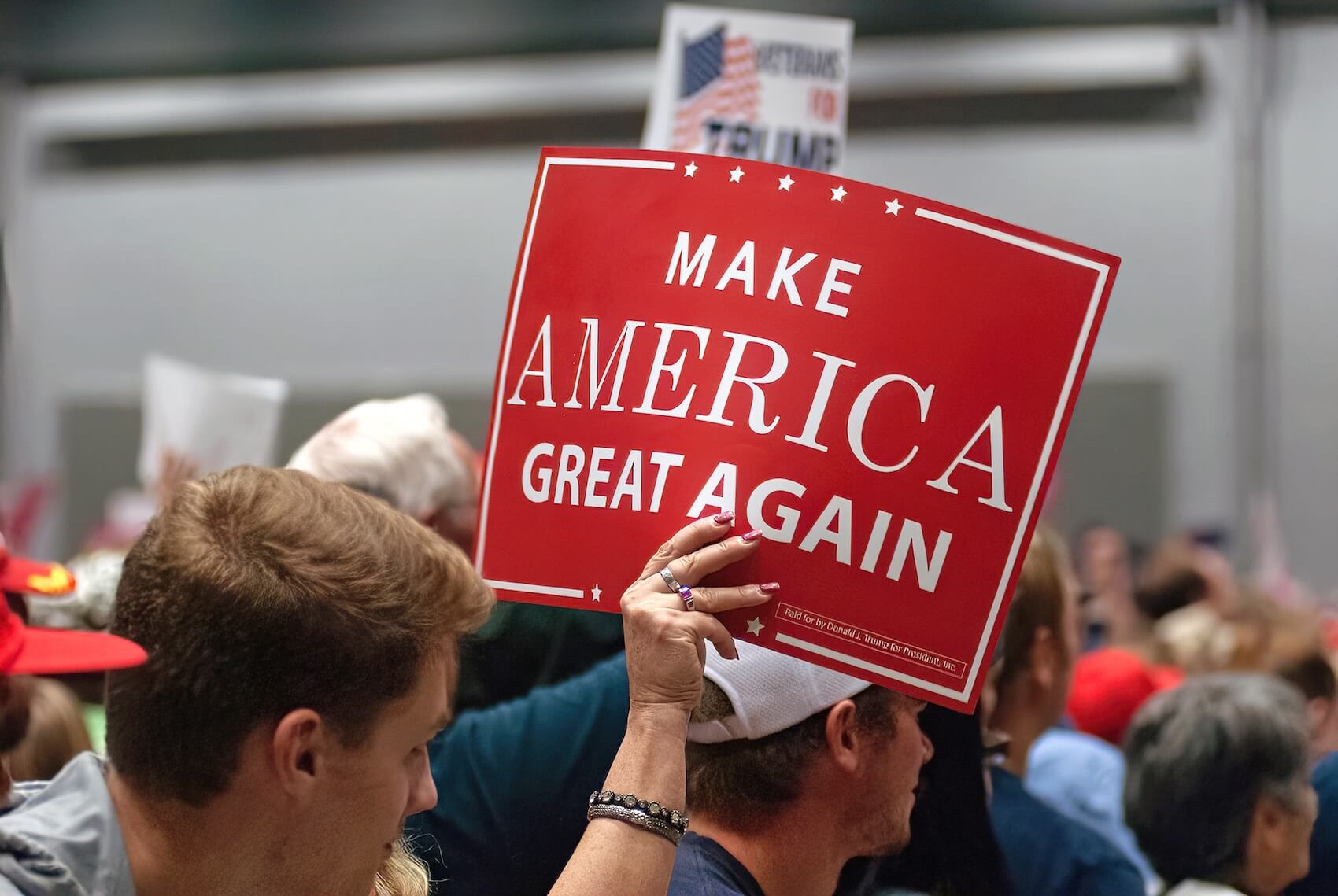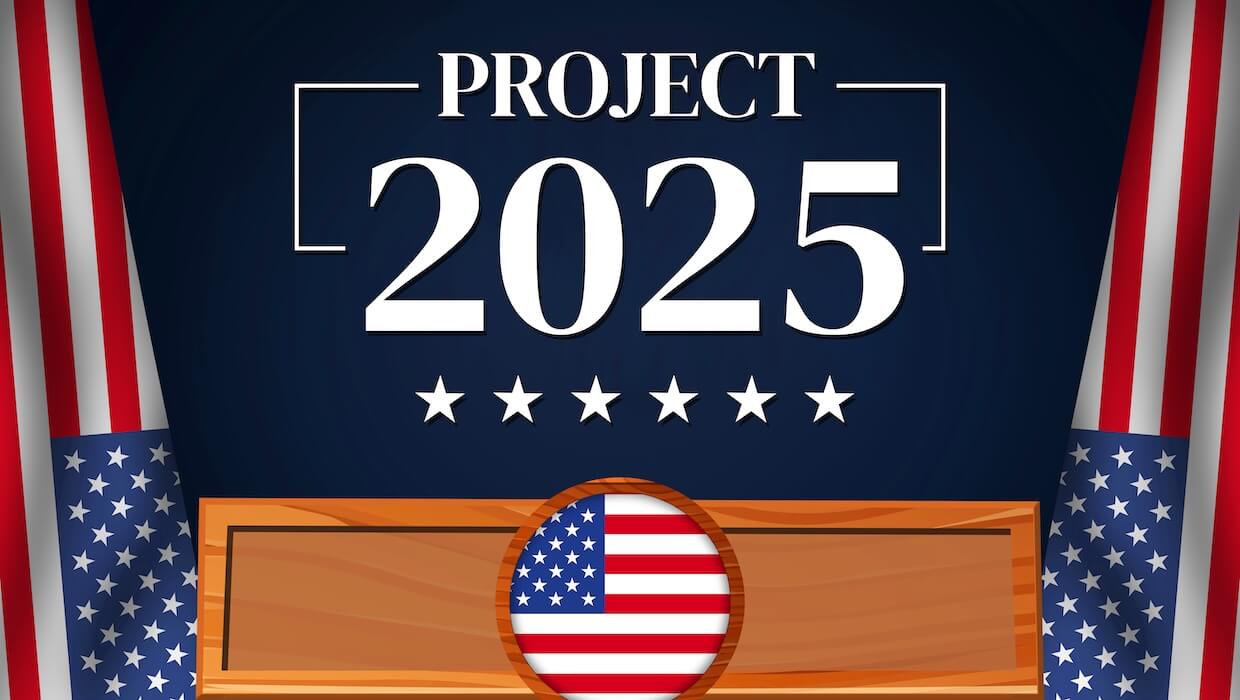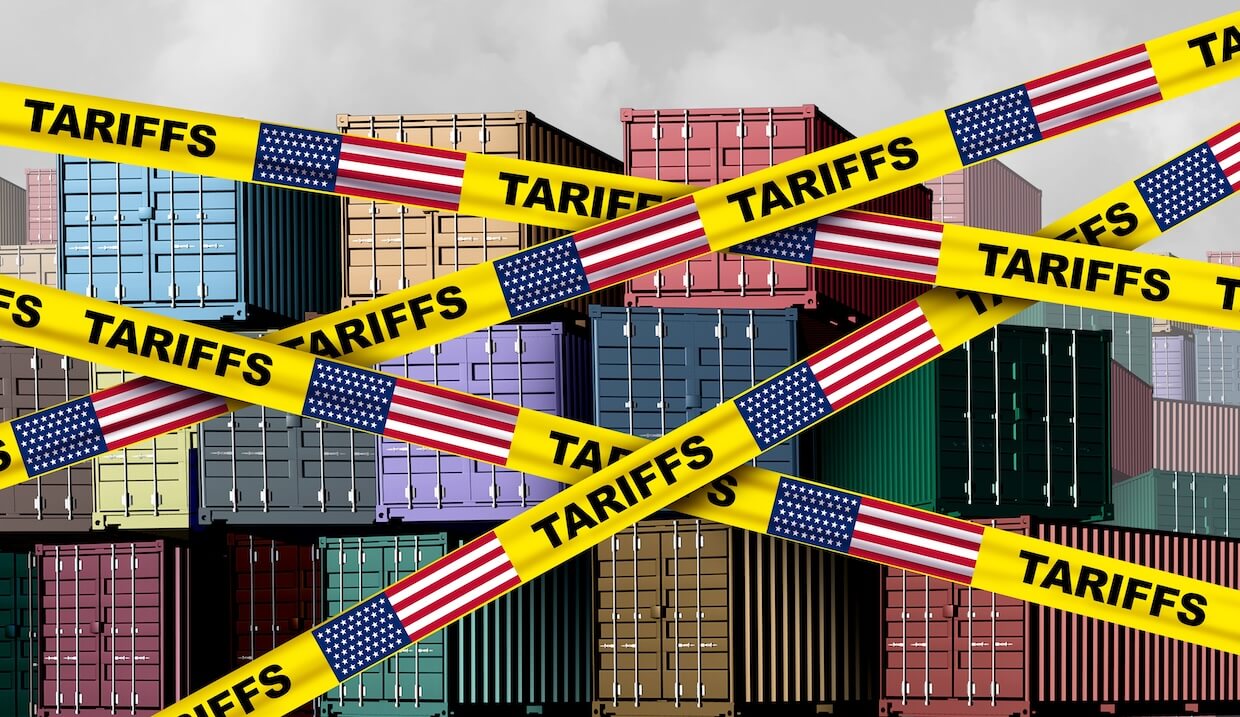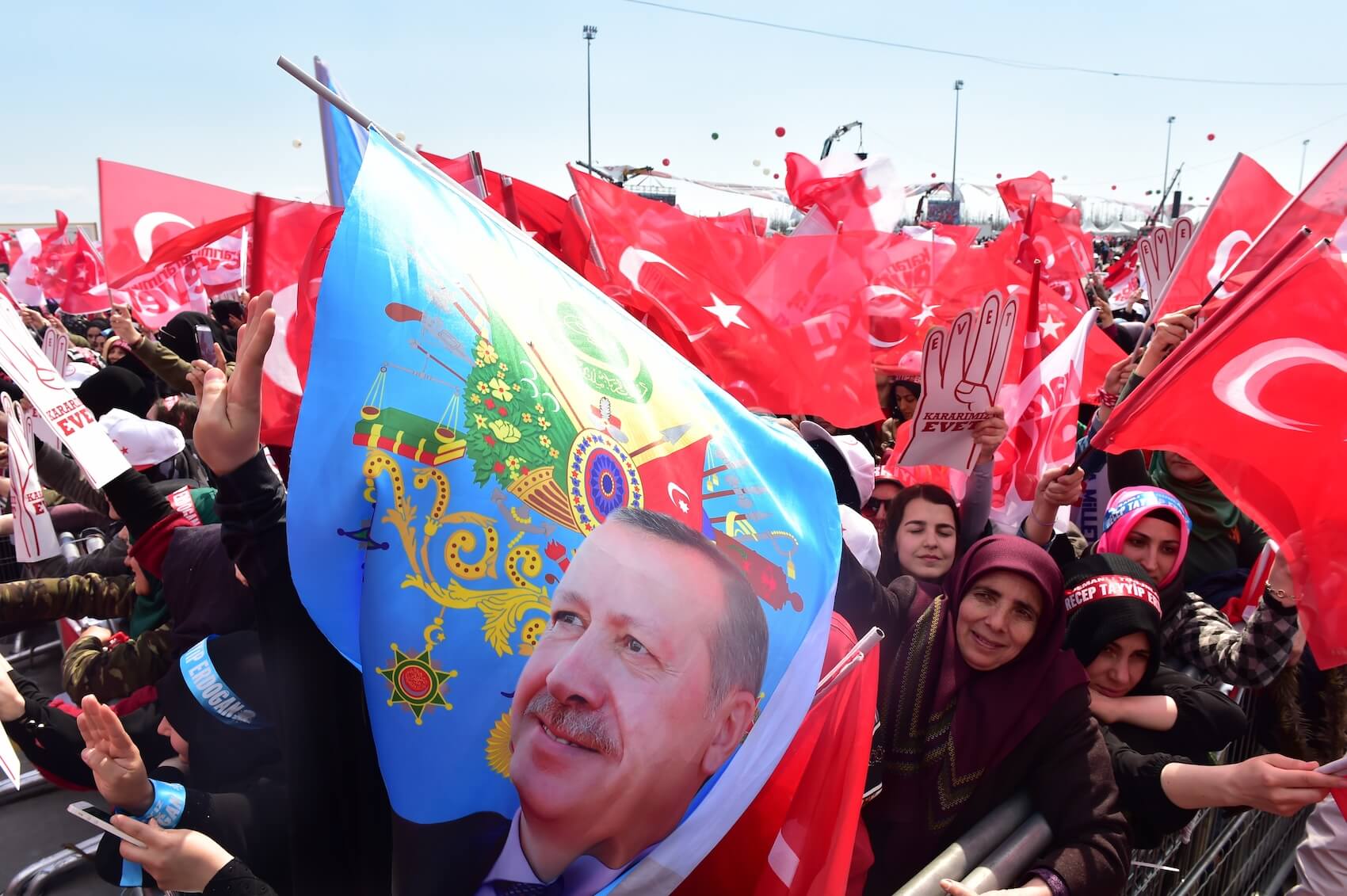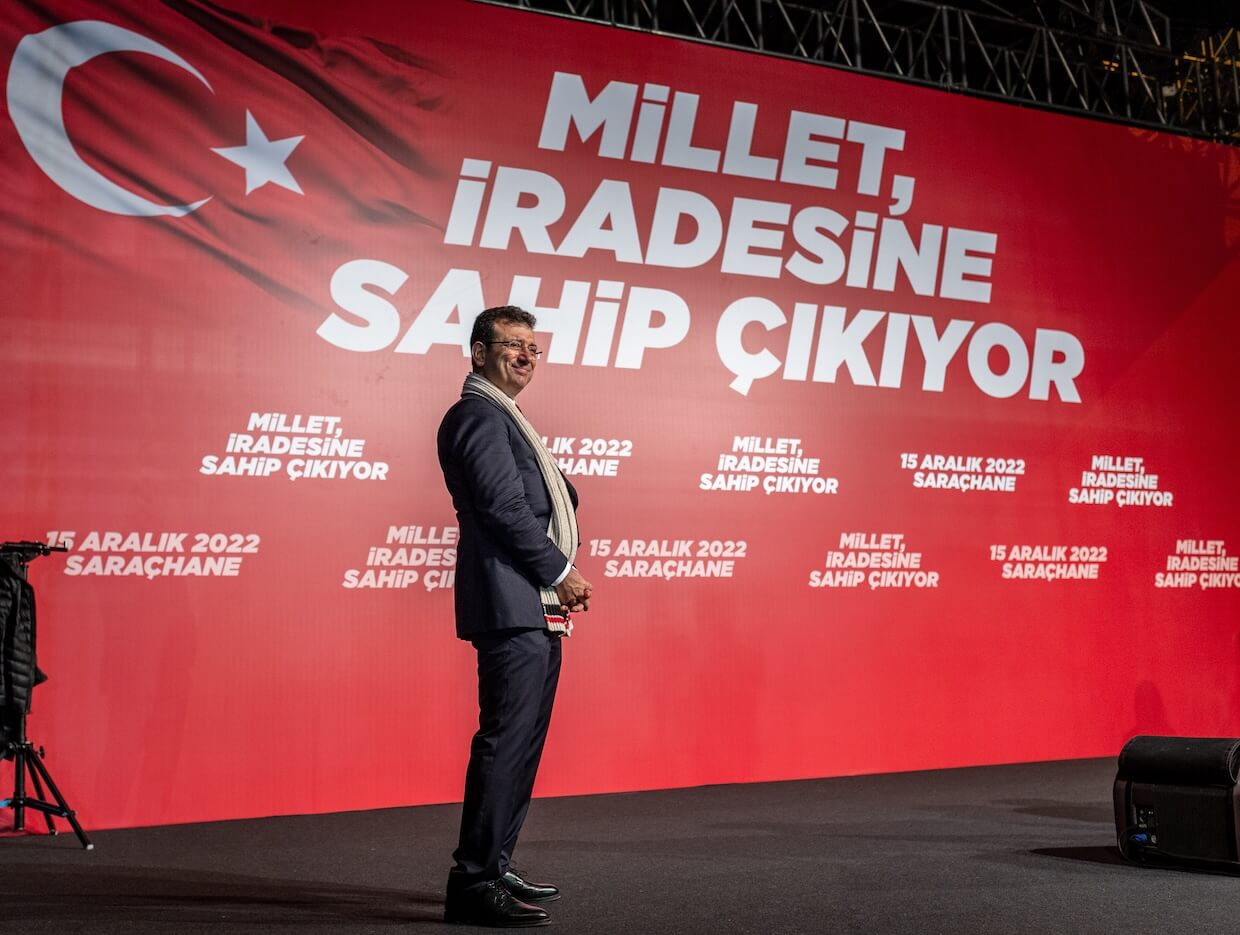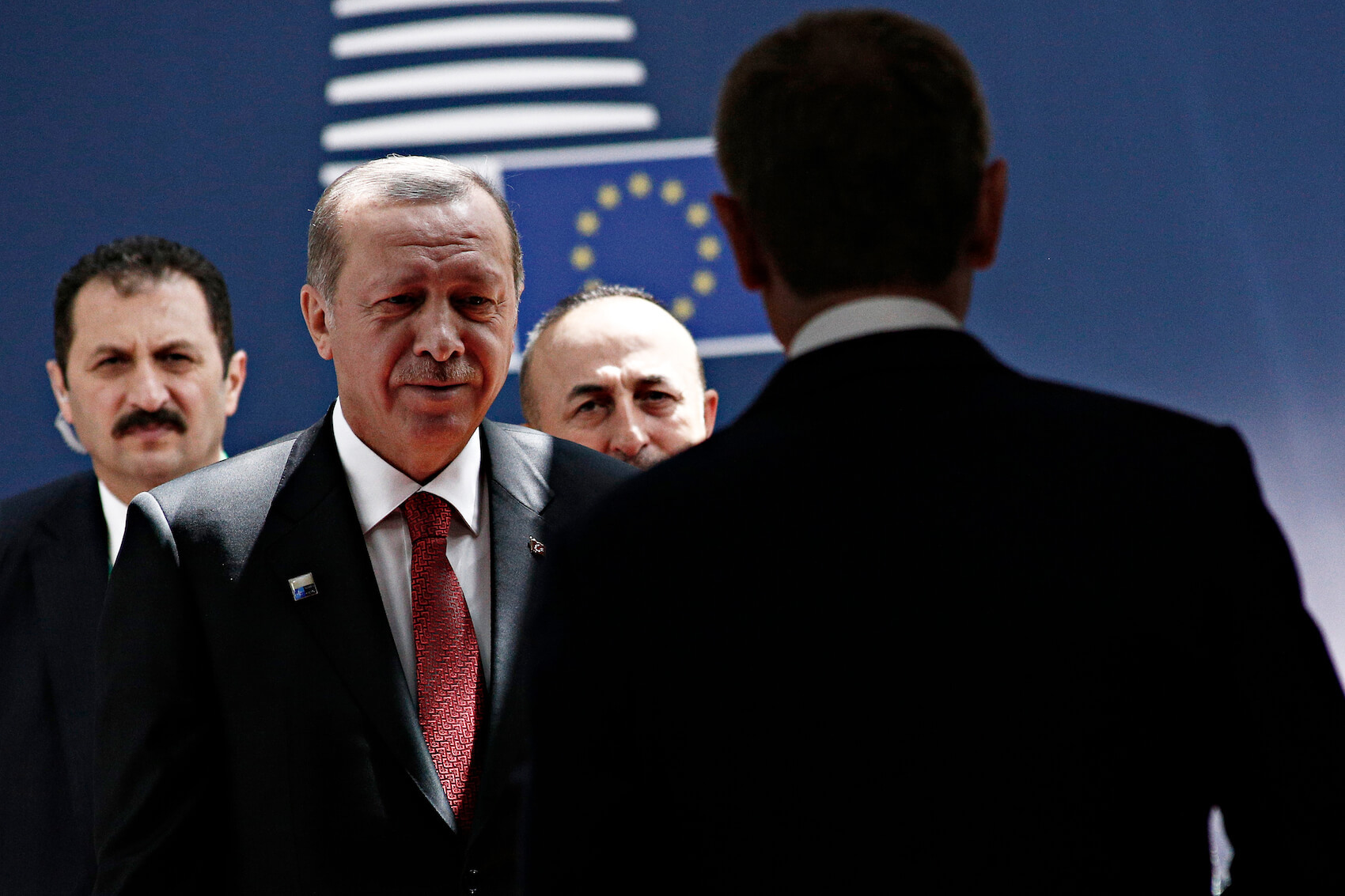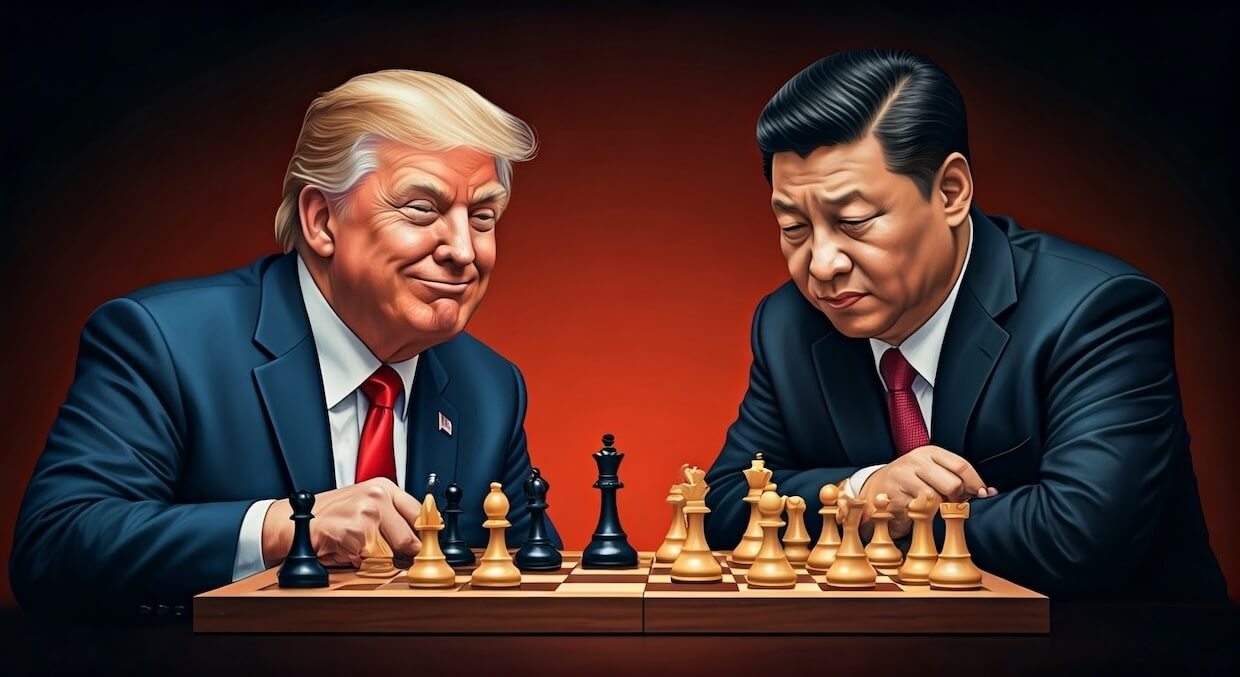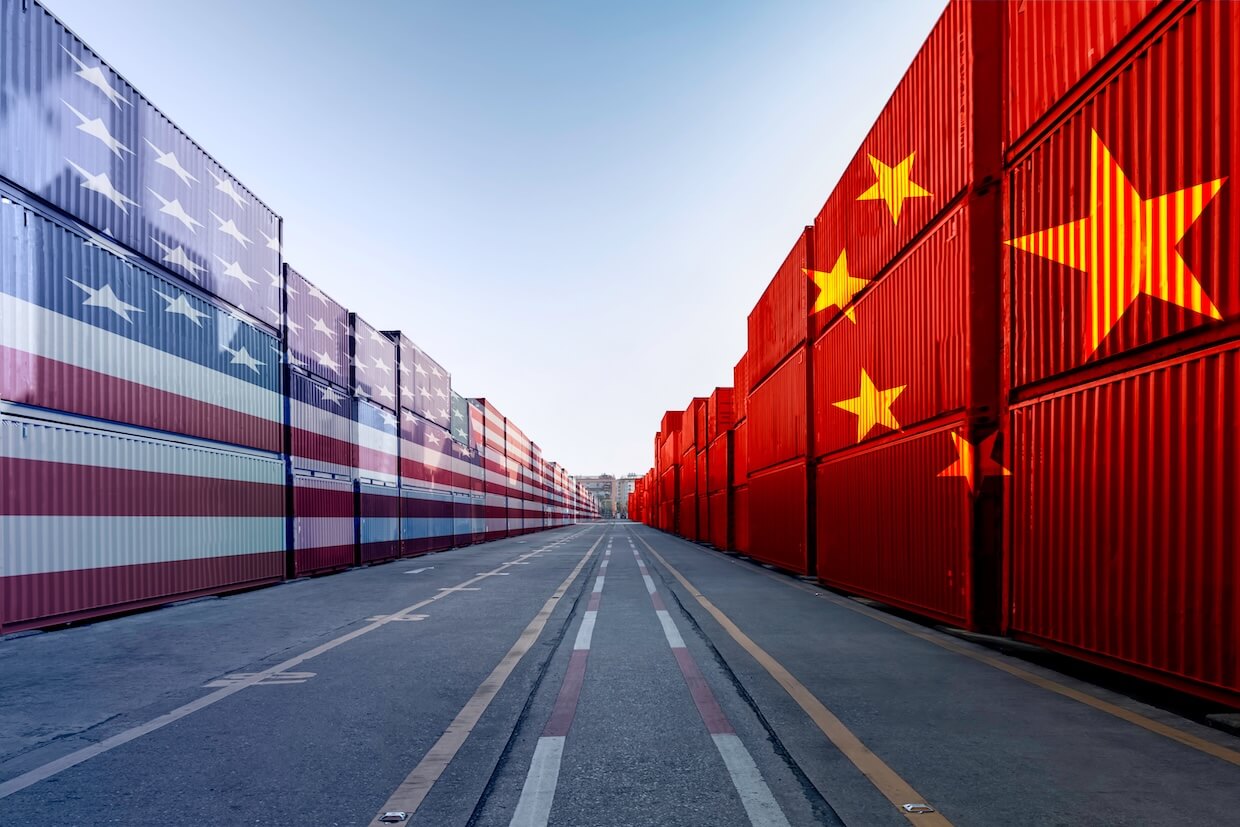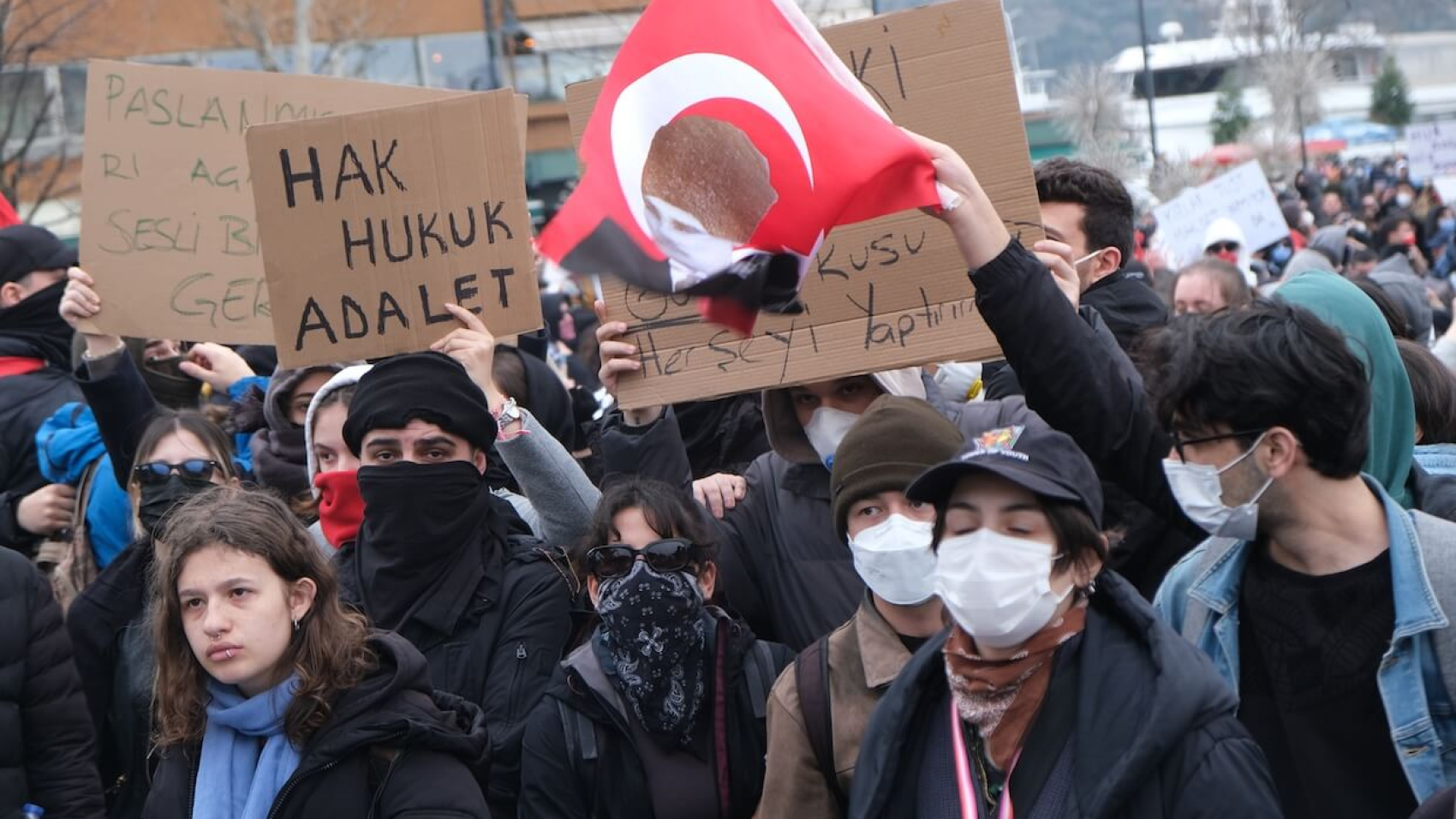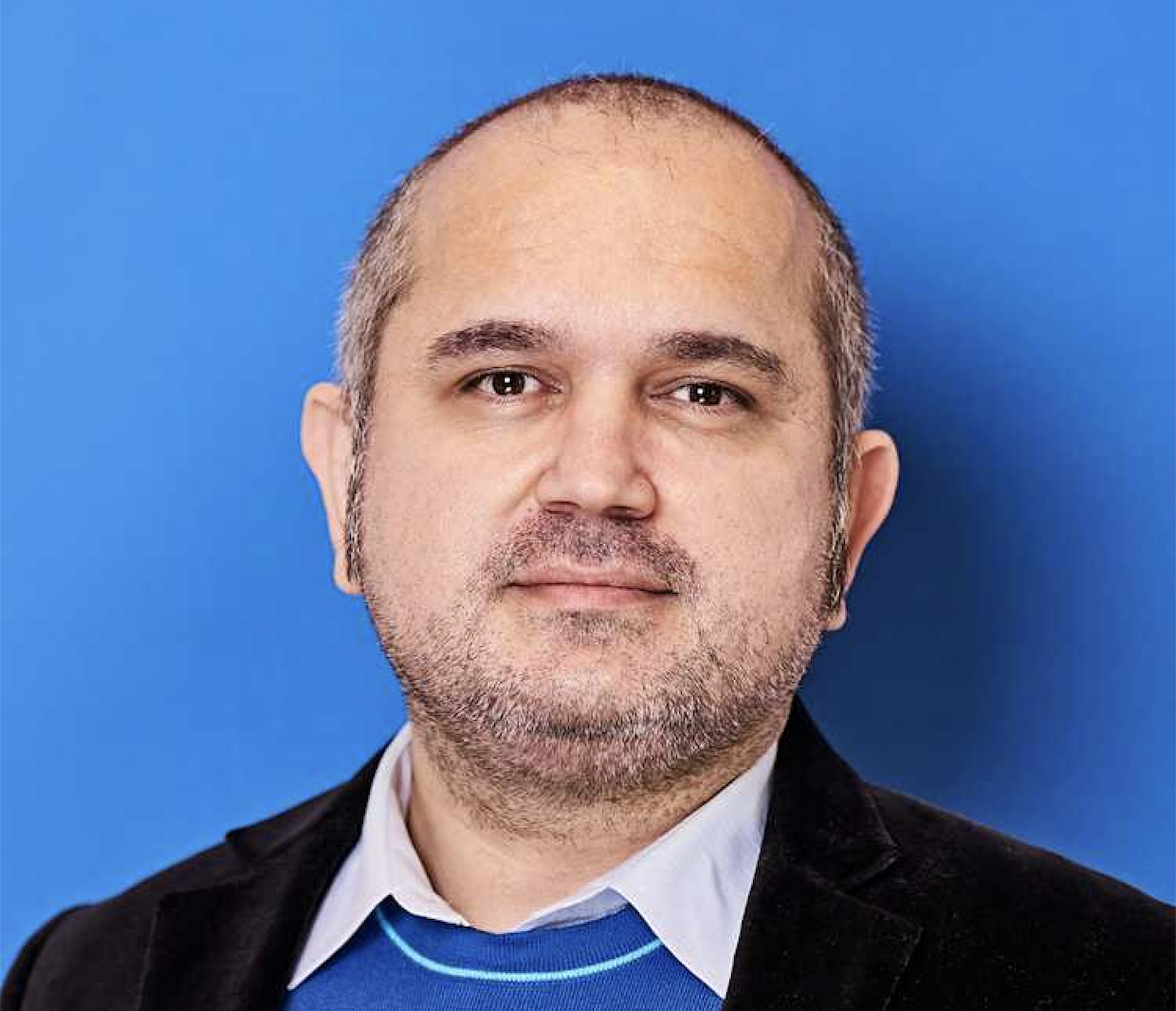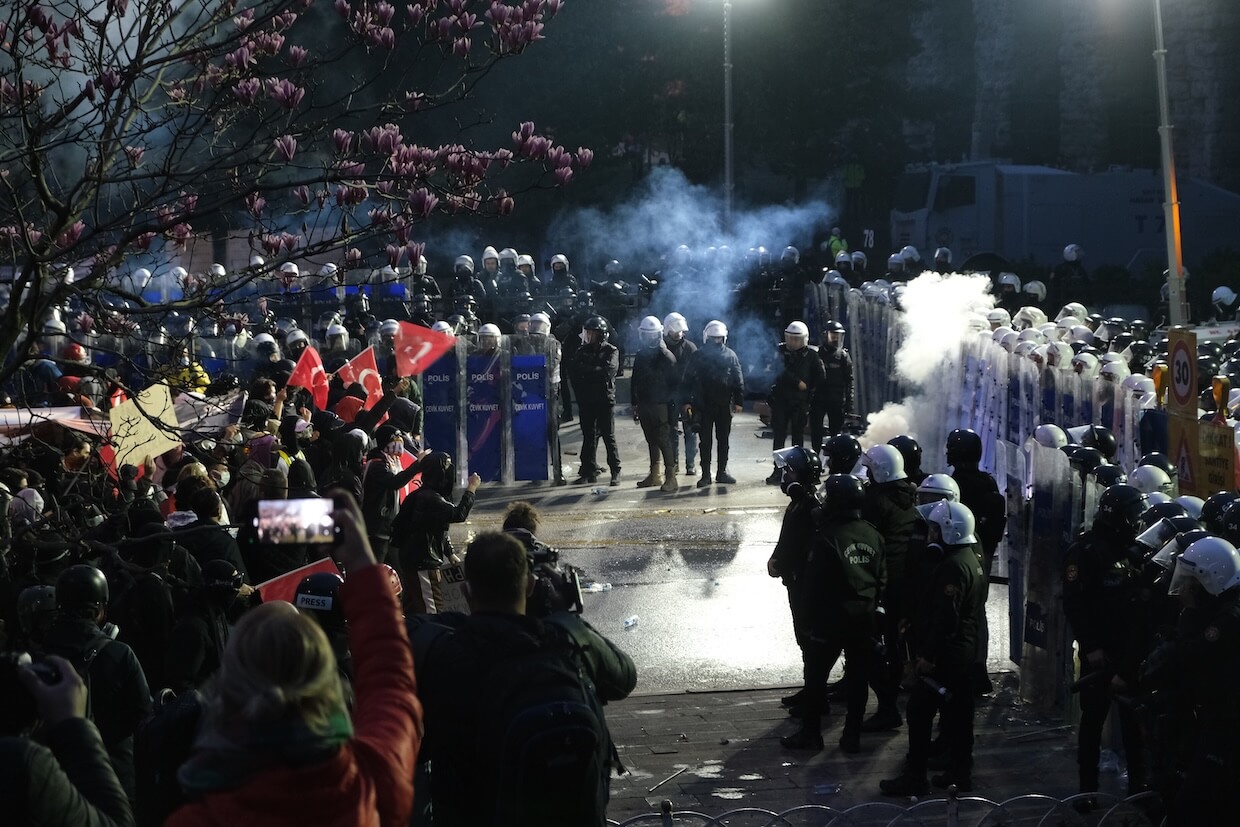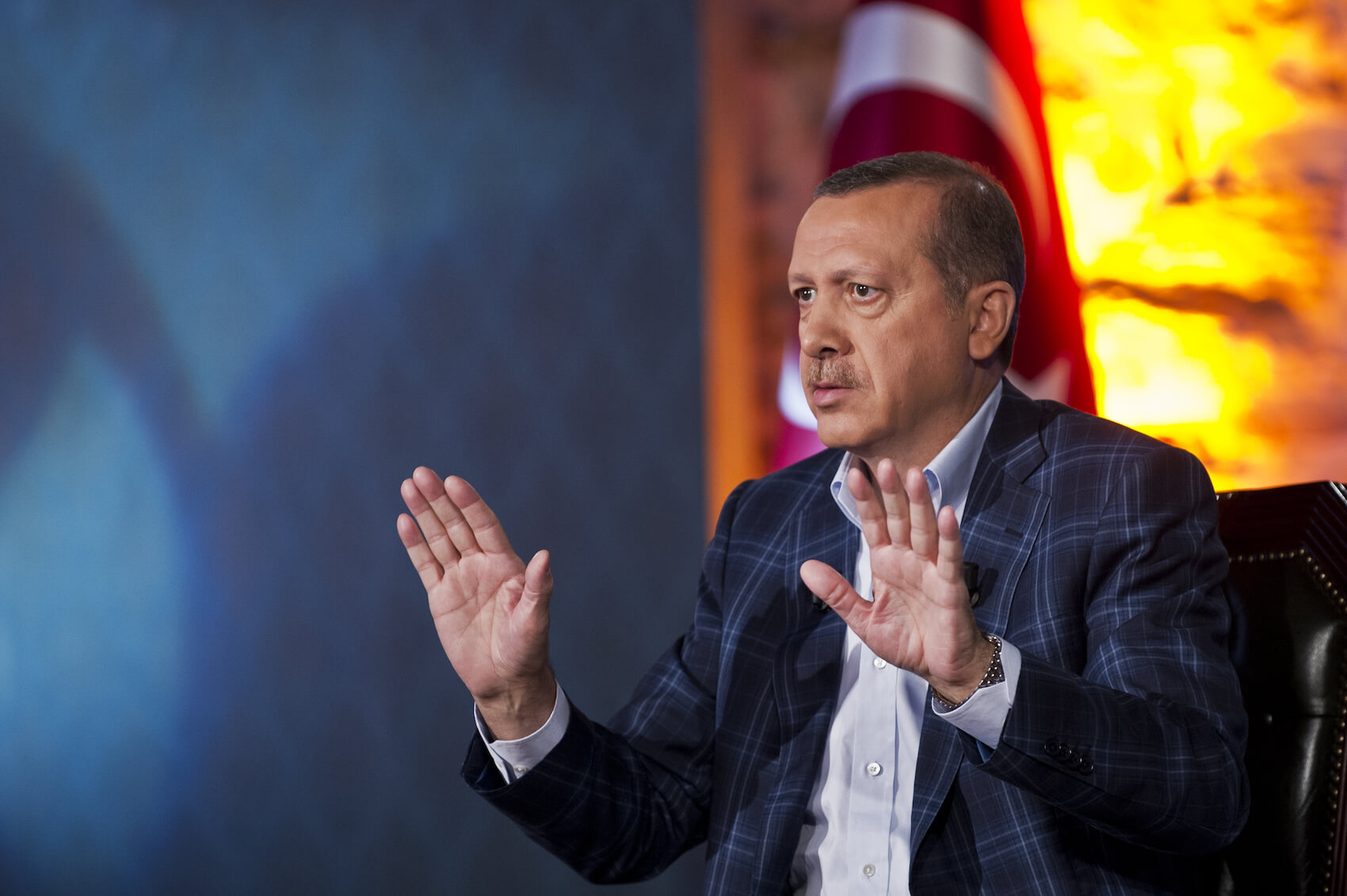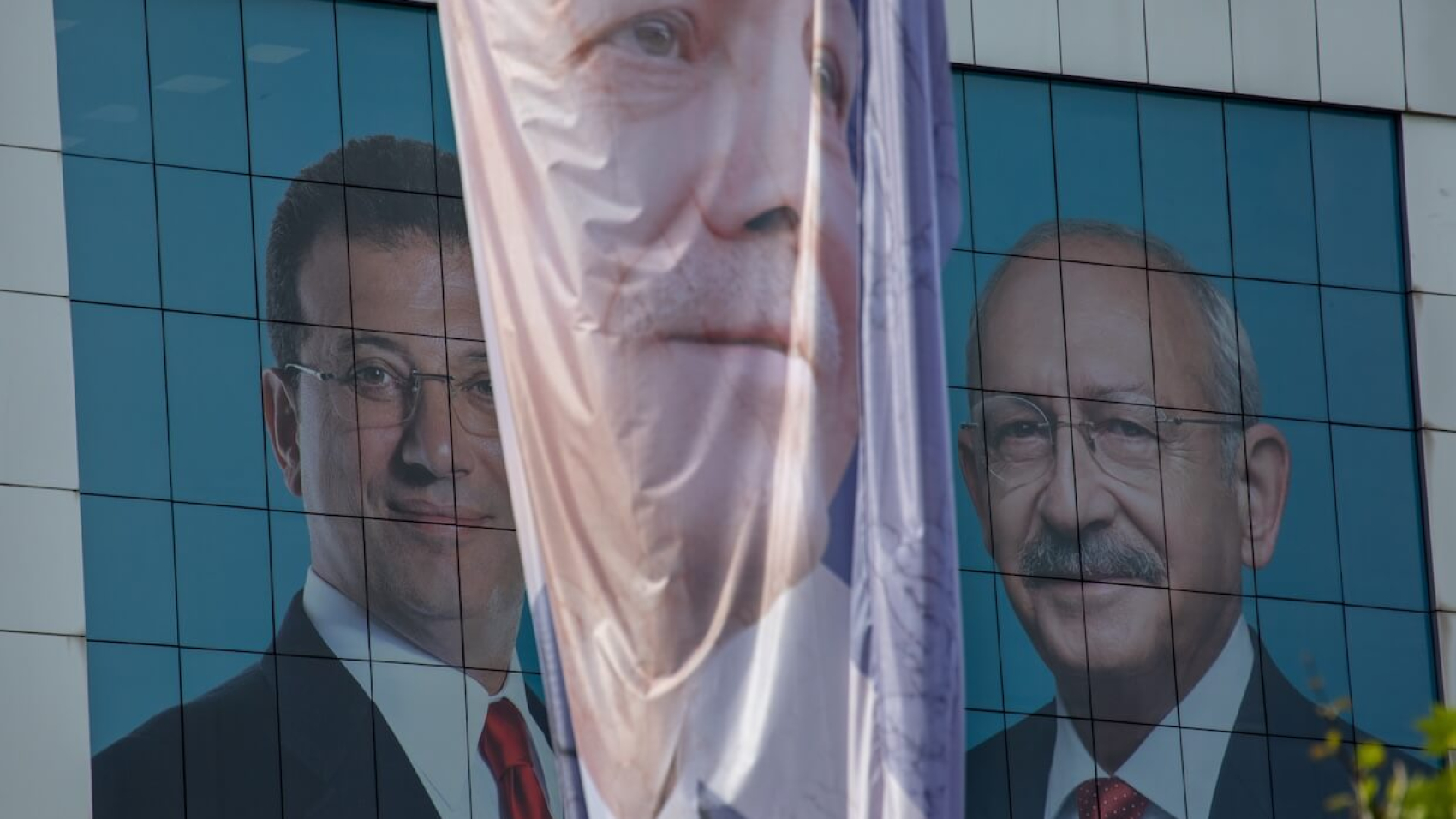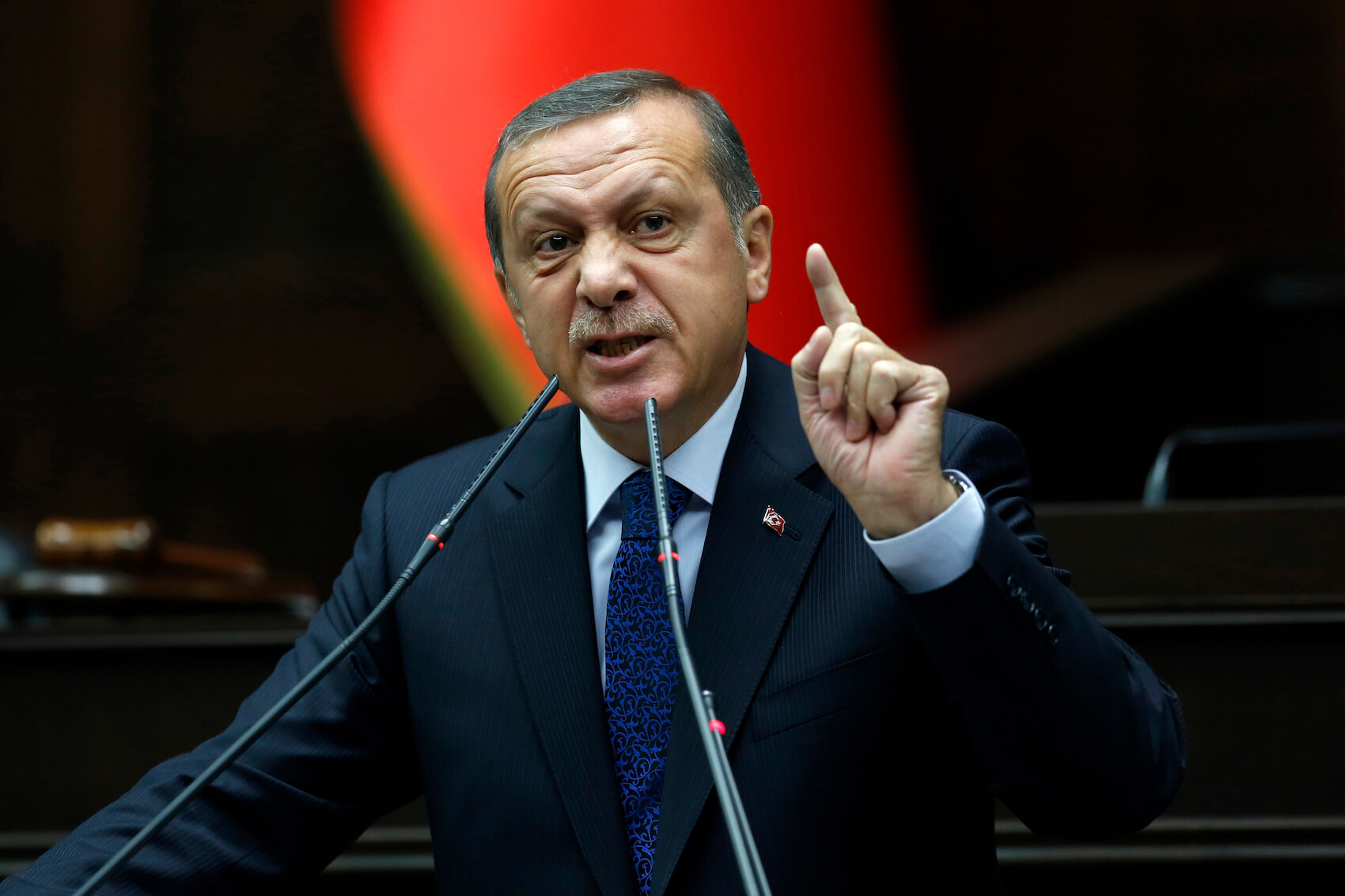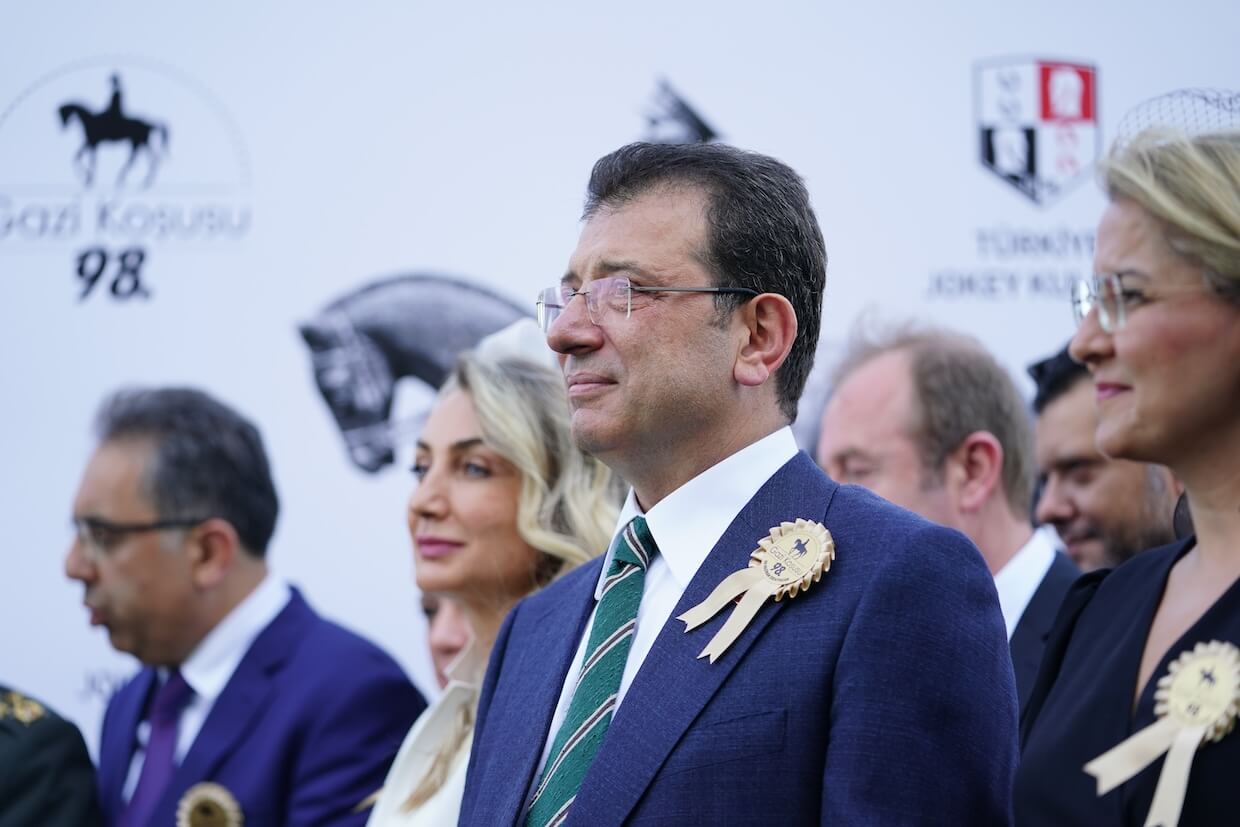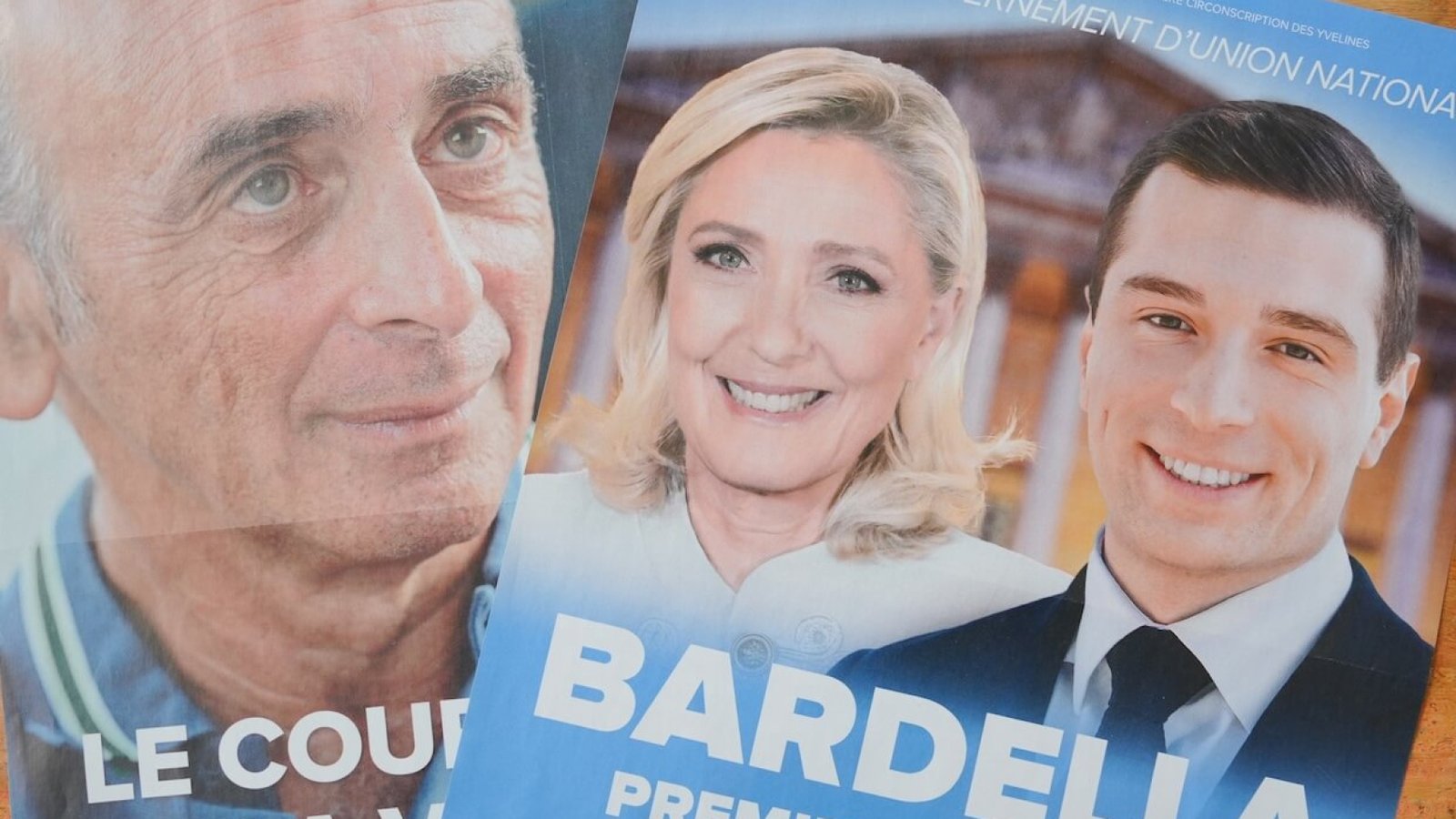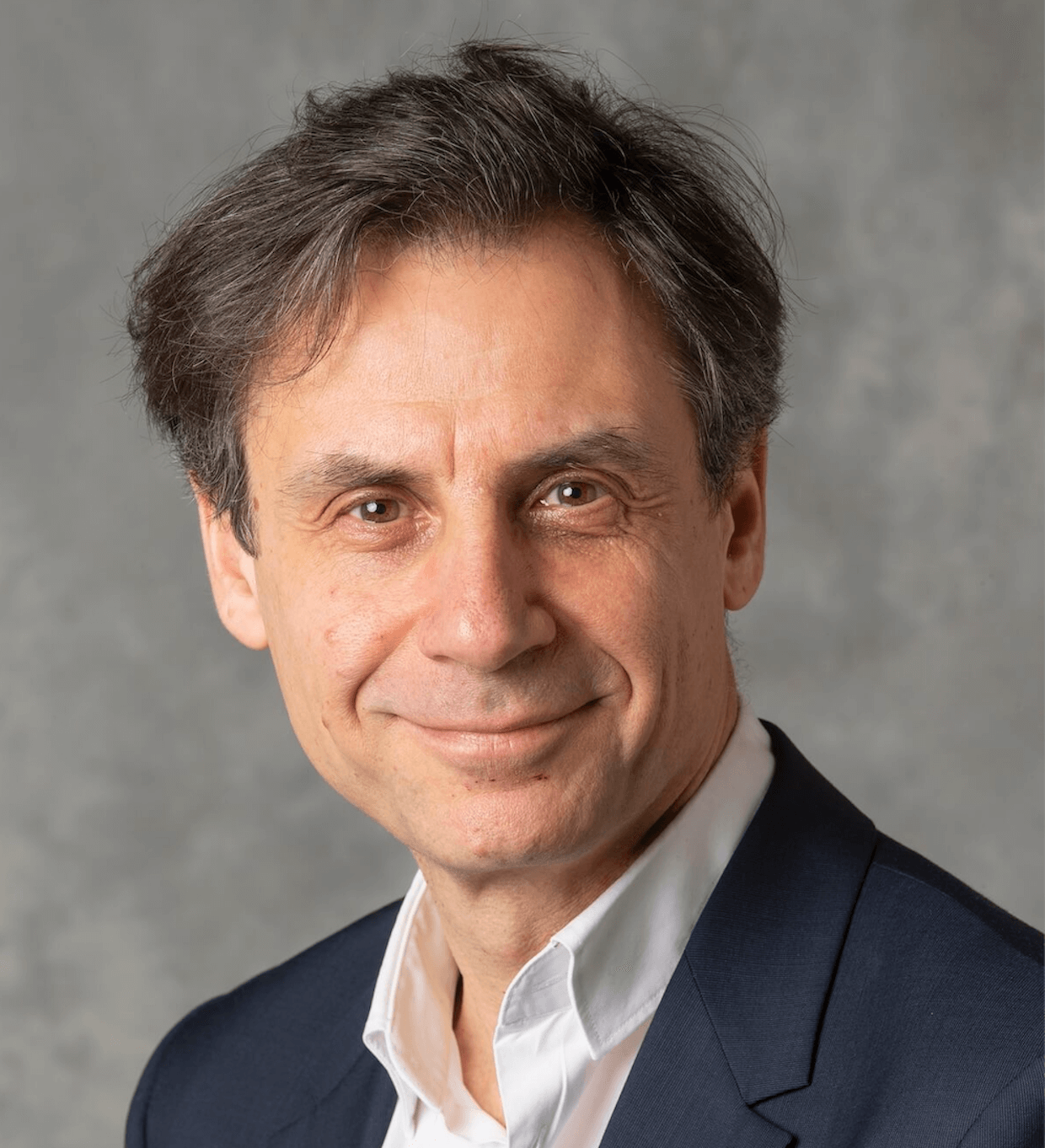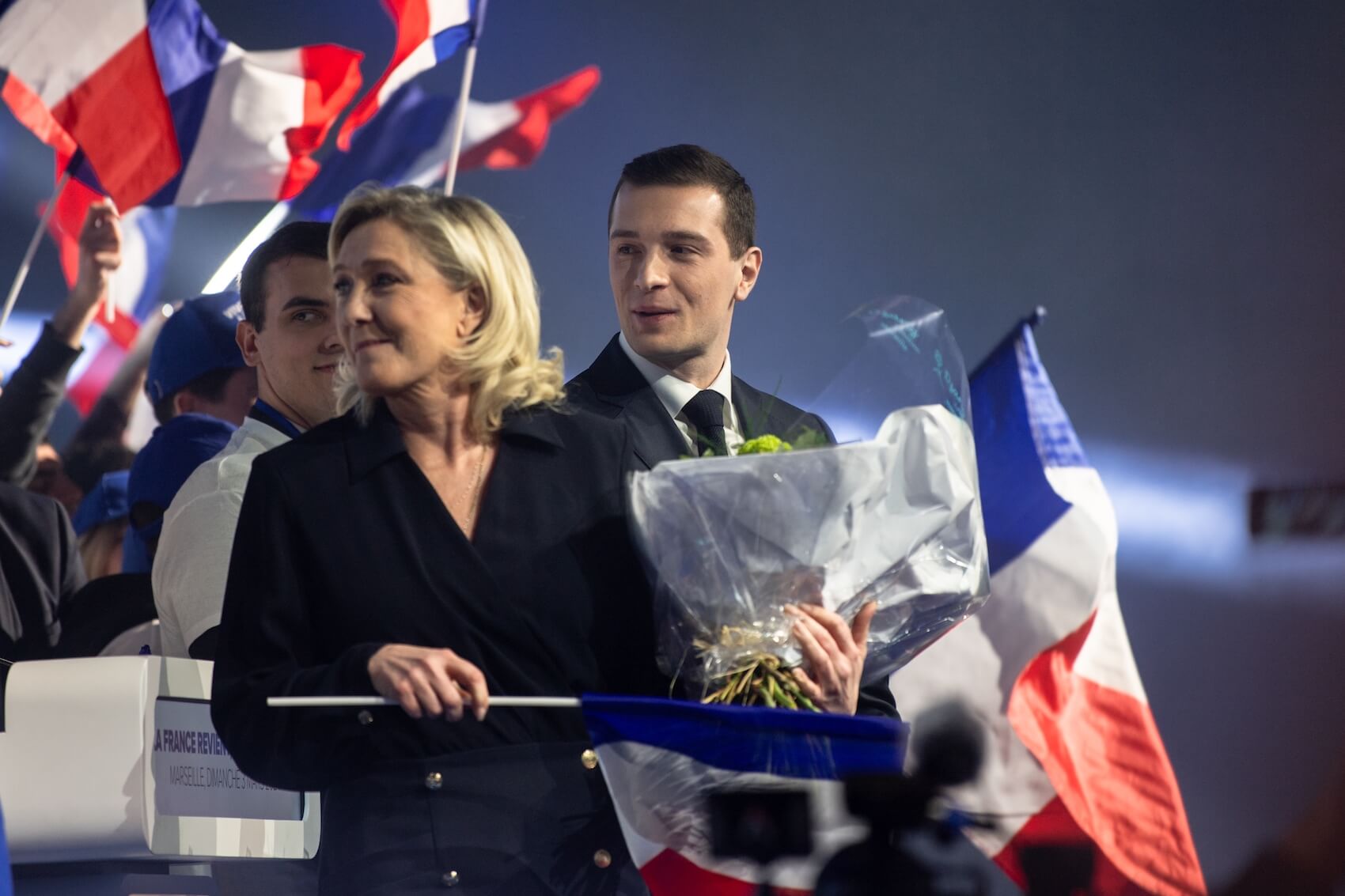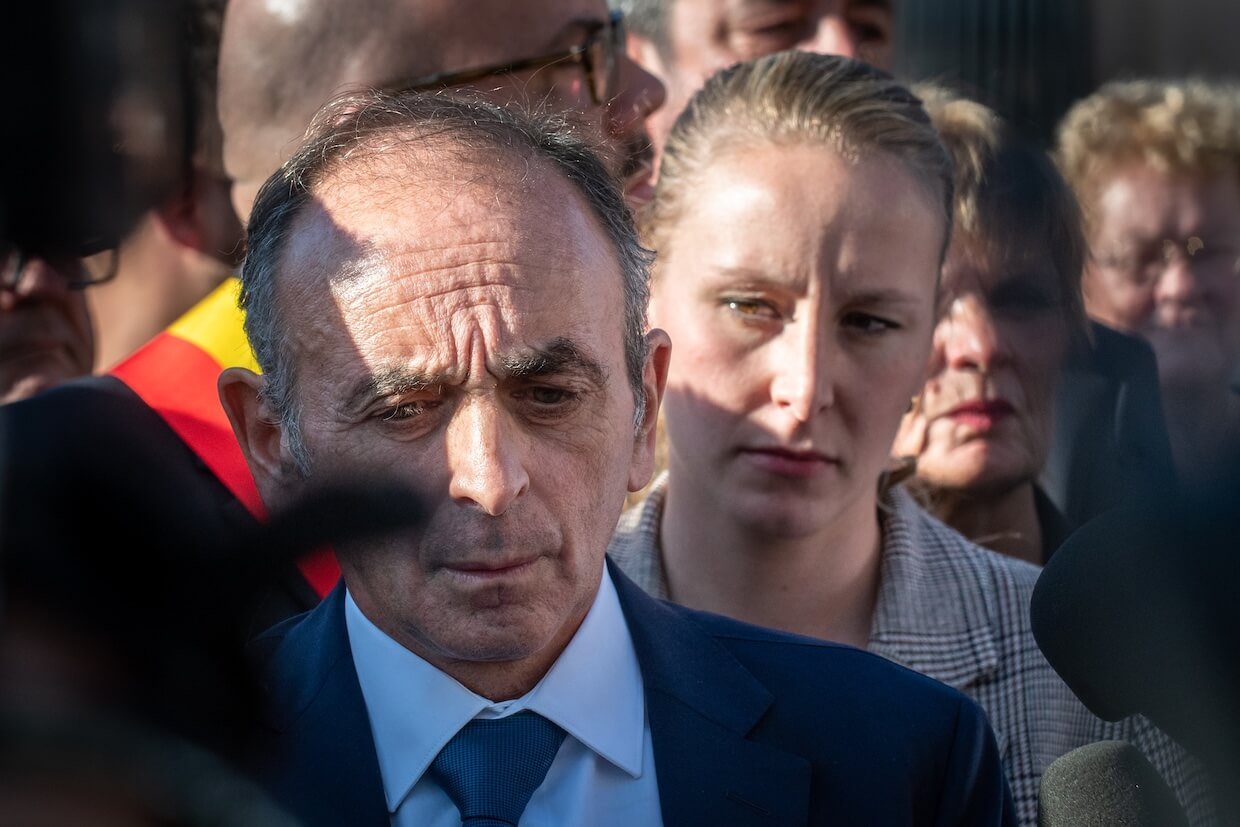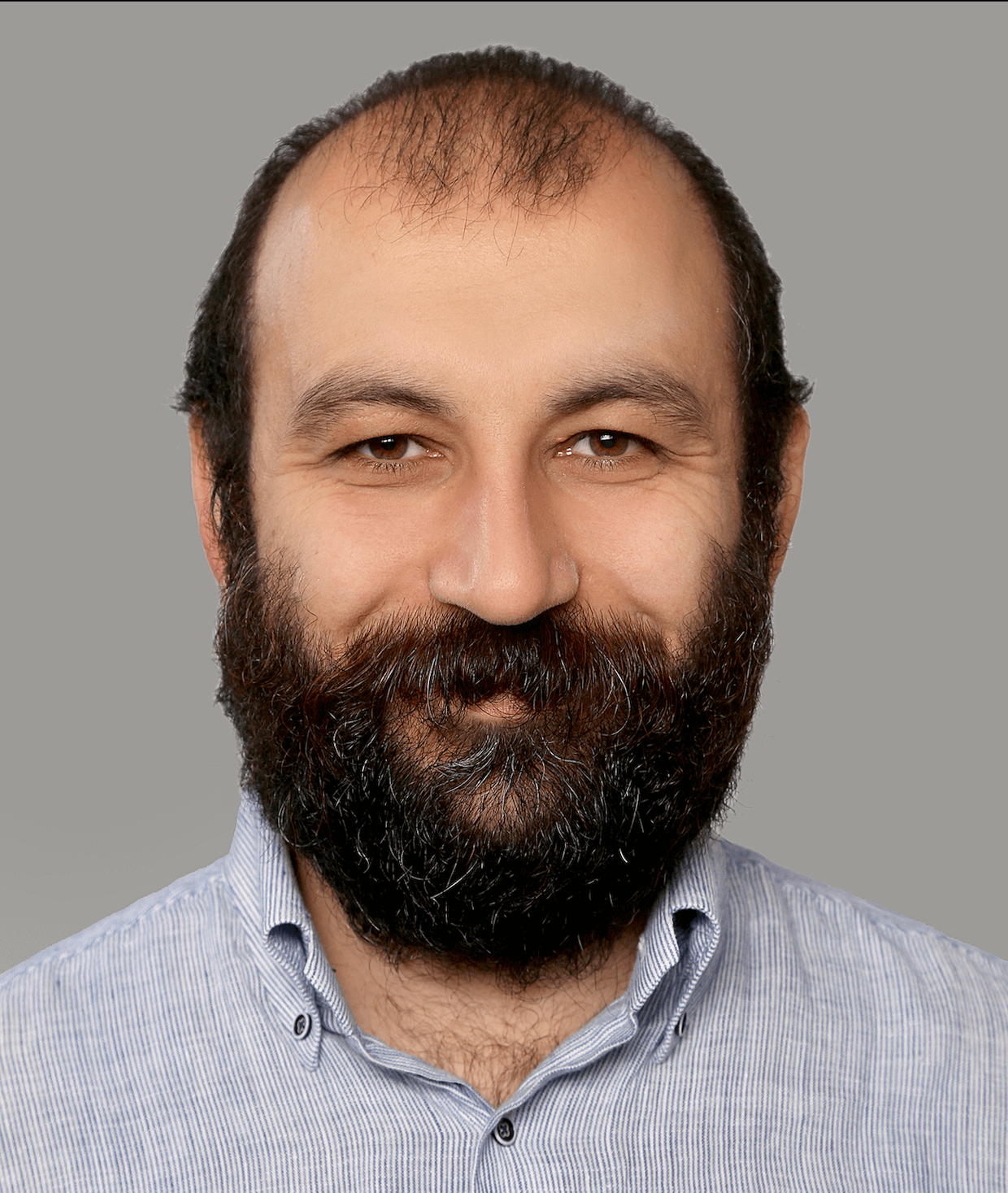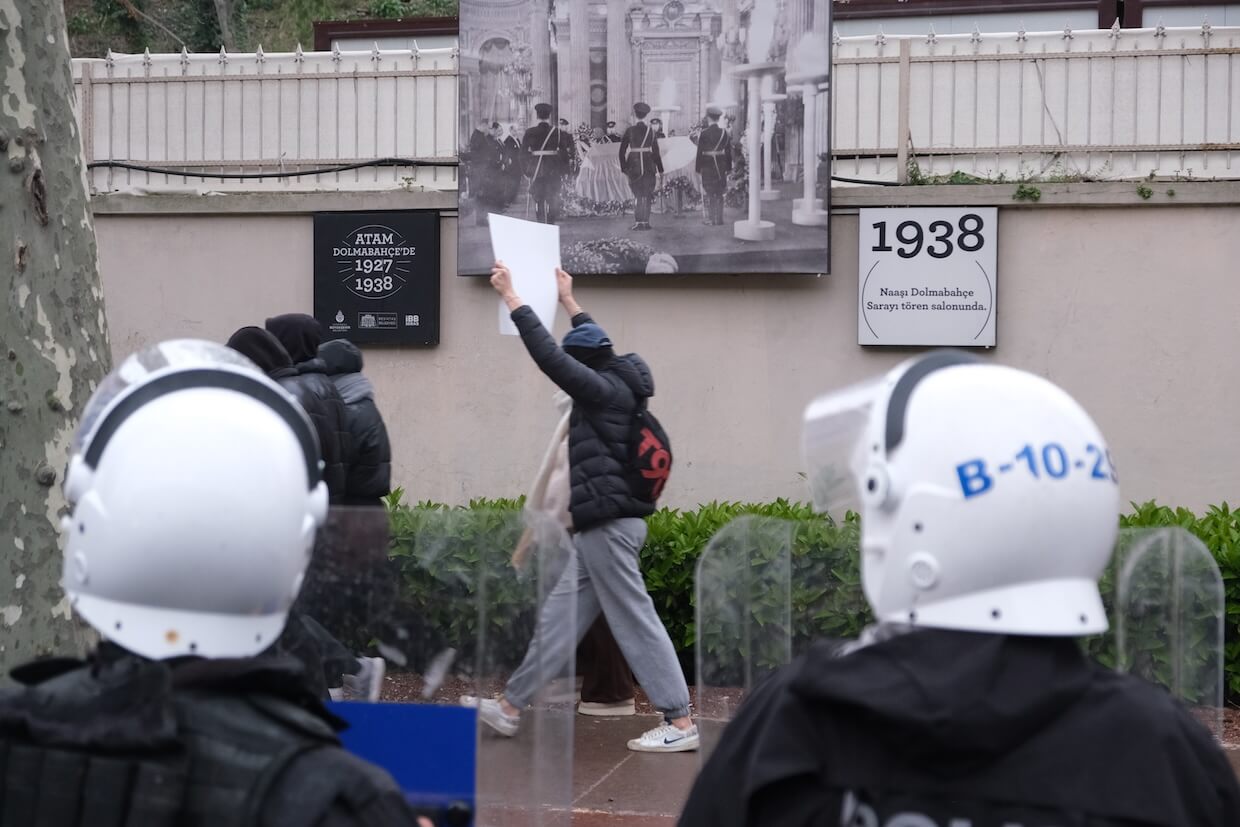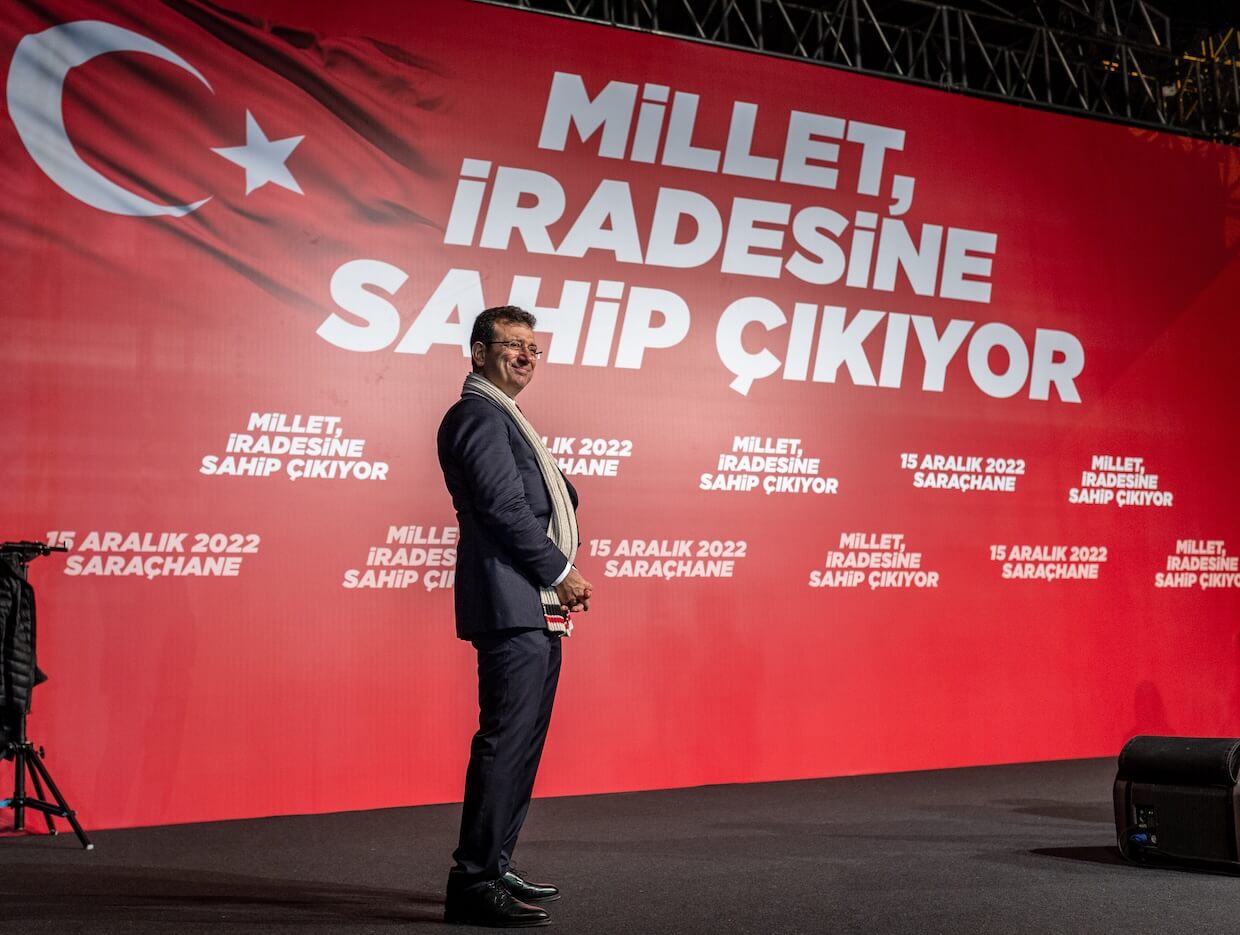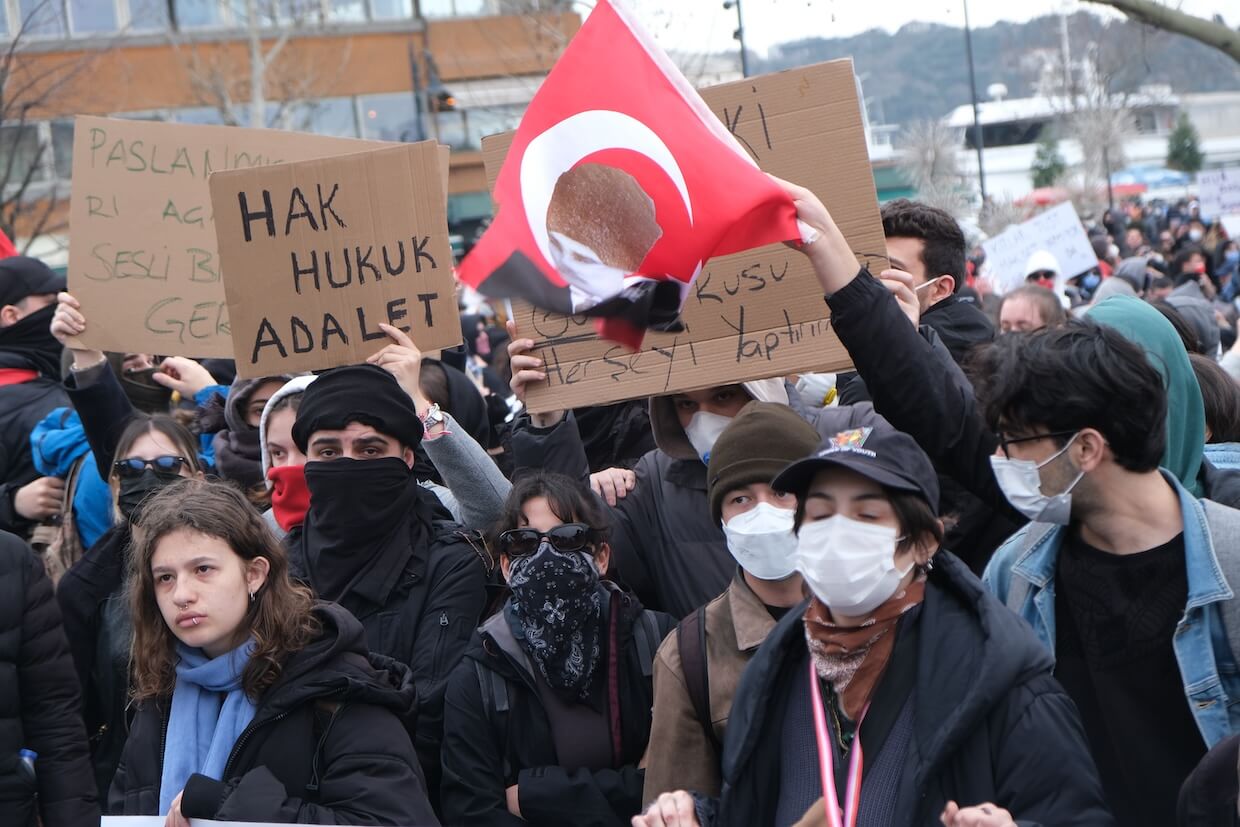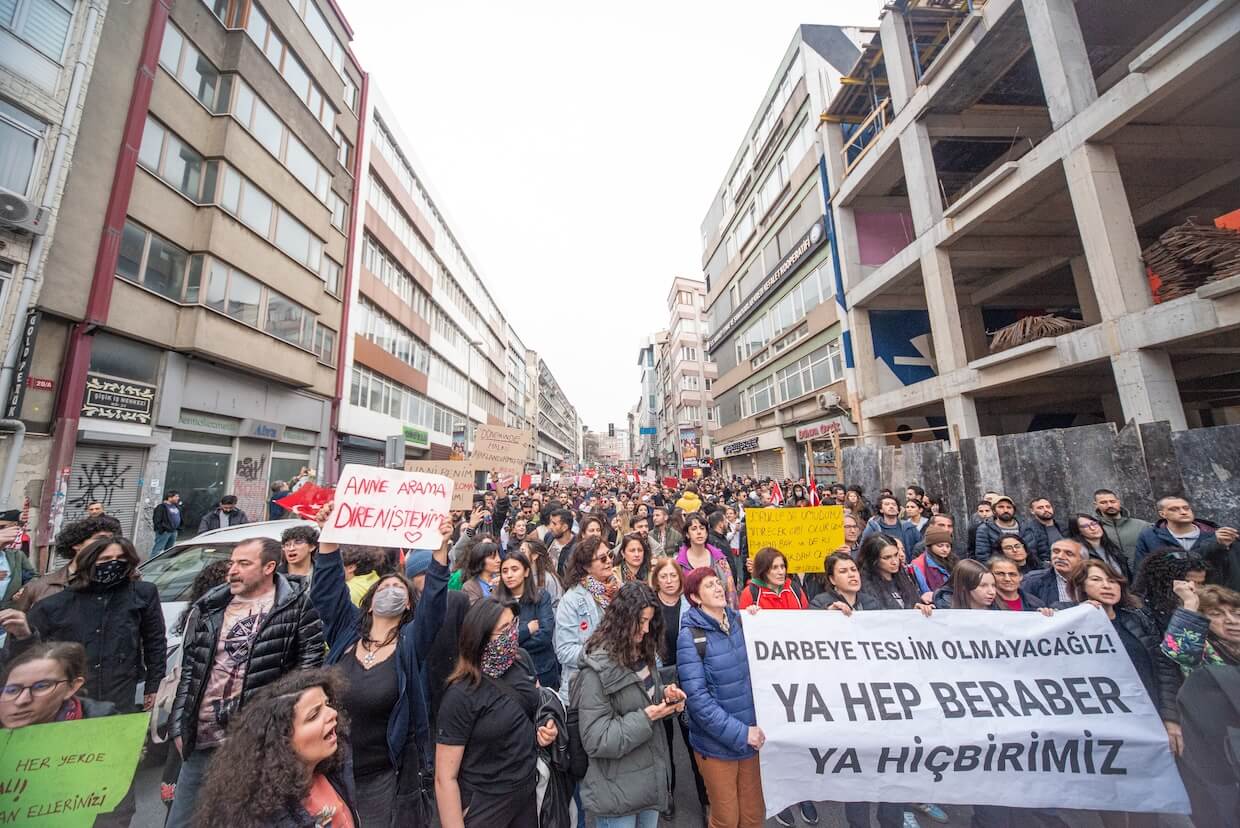Recep Tayyip Erdogan’s political journey reflects a dramatic transformation—from a reform-minded leader once hailed as a model for Muslim democracies to an autocrat presiding over a deeply polarized and economically fragile Turkey. His consolidation of power, particularly after the 2016 coup attempt, has ushered in a regime marked by institutional erosion, economic mismanagement, and authoritarian repression. Recent mass protests sparked by the arrest of Istanbul Mayor Ekrem Imamoglu highlight growing public resistance, yet the broader trajectory remains one of democratic backsliding. Erdogan has found space to entrench his rule in an increasingly multipolar world, with Western pressure diluted by competing geopolitical priorities. The critical question now is whether domestic mobilization can meaningfully challenge this entrenched authoritarianism.
Populist rhetoric, which denounces the deficiencies of the established order while claiming to embody the will of “the people,” is inherently problematic. Populist leaders typically emerge from within a system of rules, institutions, values, and routines—even if that system is imperfect. Once in power, they frequently seek to undermine the structures that enabled their ascent, engaging in arbitrary and opportunistic governance. Confronted with the inevitable challenges of effective administration, their policies often fail to fulfill their promises and increasingly veer towards autocracy.
The central irony of populism lies in its capacity to mobilize marginalized or resentful constituencies by implying that the prosperity and freedom typically associated with rule-based institutional governance can instead be achieved through contingent modes of rule—marked by unpredictability, uncertainty, and the personalized authority of charismatic leadership.
Even more concerning is the global diffusion of these populist ‘illusions.’ They have gained traction not only in advanced, affluent societies such as the United States and across Europe—despite the historical entrenchment of robust welfare state institutions—but also in major developing countries of the Global South, including Brazil, Hungary, India, Russia, and Turkey, where similar narratives have found fertile ground.
In the case of Turkey, Recep Tayyip Erdogan has at times been cited by social scientists as an exemplar of ‘positive’ or ‘progressive’ populism, particularly in light of the early wave of comprehensive reforms undertaken during his initial years in power. However, his governance trajectory over the subsequent decade has increasingly veered toward a regressive and authoritarian model. Notably, following the 2011 general elections—which secured him a third consecutive term—his reliance on contingent and arbitrary modes of decision-making, marked by repetitive ‘trial and error’ and ‘learning by doing’ strategies, contributed to systemic rent-seeking and widespread corruption. These dynamics, in turn, played a significant role in precipitating a deepening economic crisis.
Multiple independent sources suggest that, following the revelation of widespread government corruption during police investigations between December 17 and 25, 2013, the Turkish state apparatus under President Erdogan orchestrated or capitalized on the failed coup attempt of July 15, 2016. In its aftermath, and under the guise of heightened security imperatives, Erdogan moved to dismantle the constitutional system of checks and balances, culminating in the 2018 transition to a de facto one-man rule. Much like the instrumentalization of the Reichstag fire in Weimar Germany, this episode marked a turning point that ushered in a prolonged era of political instability and economic decline.
From Democratic Leadership to Absolute Authoritarianism: The Political Trajectory of Erdogan
Lord Acton famously observed that ‘absolute power corrupts absolutely,’ underscoring the inherent risks of unchecked authority in enabling corruption and authoritarianism. This insight resonates strongly with the trajectory of the Erdogan regime, which, after eroding its electoral viability through manipulative tactics and the strategic distribution of financial incentives disguised as ‘election bonuses,’ has increasingly moved to suppress direct opposition and compromise the integrity of the electoral process—ultimately at the expense of the public.
Beyond the prolonged pretrial detention of civil society figure Osman Kavala, attorney Selcuk Kozagacli, and parliamentarian Serafettin Can Atalay, the Erdogan regime has systematically targeted political adversaries across the ideological spectrum—from left-Kurdish leader Selahattin Demirtas to right-nationalist party leader Professor Umit Ozdag—often in the absence of substantive judicial proceedings. The latest escalation—the pretrial detention of Ekrem Imamoglu, Mayor of Istanbul, one of the world’s largest metropolitan centers—has significantly exceeded the limits of societal tolerance, triggering a sharp upsurge in public outrage. Imamoglu’s arrest on March 19, 2025, has provoked widespread condemnation: citizens have flooded the streets of Turkey’s major cities, university students have launched campus protests, and demands for ‘rights, law, and justice’ resonate across all social media platforms.
Let us begin with a set of critical questions: How did the Justice and Development Party (AKP), after a decade of seemingly successful governance between 2003 and 2013, descend into authoritarianism and preside over profound economic and political deterioration? How can we account for the stark contrast between President Erdogan’s two political trajectories—first, as a leader widely hailed as a model for the Islamic world, steering a ‘Muslim yet secular, democratic, modern, and European-oriented’ nation with a liberalizing market economy; and later, as the chief architect of accelerated Putinization, complete authoritarianism, and systemic economic decline?
More critically, the question now is: Where is Erdogan’s trajectory headed, particularly in light of the legitimacy afforded by the global rise of authoritarian right-wing populism—most notably in the United States and increasingly within the European Union—amid escalating challenges related to security and migration? In this context, Erdogan occupies a strategically pivotal position. What values, normative frameworks, and strategic latitude does the emerging multipolar world order afford him? Is Turkey gradually evolving into a new ‘Iron Curtain’ state within a reconfigured Cold War landscape—defined by transactional, interest-based relations with its traditional US and EU allies? As some have suggested, was the centennial of the Turkish Republic, founded by Ataturk in 1923, merely a symbolic intermission—now giving way to a neo-Sultanist order governed by a singular authority, one unrestrained by modern institutional checks or even the fixed doctrinal constraints of Sharia, thus allowing for unprecedented levels of conditionality, contingency, and arbitrariness?
In a comprehensive analysis I authored for Project Syndicate and Al Jazeera following Erdogan’s third general election victory in 2011, I acknowledged his government’s relative ‘economic miracle’ but concluded with a note of cautious skepticism: ‘The big question is how Erdogan will use this increasing power in the coming period.’ In the years since, Erdogan’s governance has offered considerable clarity regarding his long-term ambitions—developments that can be analytically divided into three distinct subperiods.
Episode One (2003–2013): The More Orthodox, the Greater the Success
The two successive analyses referenced above emphasized that during the AKP’s first decade in power (2003–2013), the implementation of comprehensive reforms aligned with the European Union accession agenda—coupled with the oversight of the IMF and World Bank—catalyzed substantial economic growth, largely driven by a notable rise in productivity for the first time in decades. In addition to favorable global liquidity conditions, Erdogan’s strong electoral legitimacy and effective leadership further reinforced this period of economic and political consolidation.
Despite rapid growth, the surge in productivity and currency appreciation—both closely tied to capital inflows—underpinned Turkey’s macroeconomic transformation. Decades of chronic inflation, which had hovered in triple digits in the early 2000s, declined to single digits by 2005, while income distribution improved markedly. Supported by wide-ranging structural reforms and sustained macroeconomic stability, the European Union officially recognized Turkey as a ‘functioning market economy’ in 2006. During this period, Turkey’s performance outpaced that of many peers in emerging markets. Declining risk premiums and an increasingly favorable investment climate ushered in a wave of foreign capital across nearly all categories—from long-term credit to record foreign direct investment (FDI) levels. This capital surge was driven by privatization initiatives, mergers and acquisitions (M&As), and substantial greenfield investments.

However, this growth model soon revealed its structural limitations. Turkey failed to consolidate its early gains due to emerging signs of reform fatigue, policy reversals, and a gradual shift away from the European Union accession framework after 2007. Additionally, the model became increasingly reliant on short-term foreign capital inflows and debt-fueled expansion, while economic growth was driven largely by currency-induced consumption booms and a surge in construction and service sectors—rather than high-value-added manufacturing. This pattern of deindustrialization rendered the economy particularly vulnerable to external shocks, as evidenced during the global financial crises of 2008 and 2009. As a result, Erdogan entered his second term amid growing policy uncertainty and strategic drift.
Episode Two: Experimenting with a Sui Generis Model
During Erdogan’s second term (2013–2018), a series of significant policy shifts deepened his alignment with loyalist business elites, notably through the preferential allocation of state contracts and the consolidation of crony capitalist networks. The corruption investigations of December 17–25, 2013, exposed the extent of this system, triggering an intensification of political crackdowns and a decisive turn toward authoritarianism. Systematic attacks on institutional autonomy—particularly targeting the judiciary and the Central Bank—undermined the rule of law and eroded policy credibility. Economic growth slowed to a range of 3–5%, while political unrest, exemplified by the mass Gezi Park protests and the controversial 2016 coup attempt (widely seen as orchestrated or exploited by Erdogan), exacerbated instability. Market volatility intensified, compounded by rising US interest rates and Erdogan’s growing interference in monetary and fiscal policy, which together eroded investor confidence, prompted capital flight, and accelerated the depreciation of the Turkish lira (₺). Despite ongoing flagship infrastructure projects—such as the Istanbul Airport and Kanal Istanbul—that remained central to Erdogan’s economic narrative, Turkey shifted from a trajectory of reform-led growth to one of deepening economic and institutional uncertainty, primarily driven by the consolidation of authoritarian governance. This pivotal second period was catalyzed by the revelations of the 2013 corruption investigations.
Despite experiencing his first electoral setback on June 7, 2015, President Erdogan not only obstructed the formation of a coalition government but also exploited a climate of fear—amplified by a series of leveraged terrorist attacks—to regain electoral support under the guise of restoring ‘stability,’ ultimately securing victory in the snap elections of November 2015. This trajectory culminated in the aftermath of the controversial coup attempt on July 15, 2016, which Erdogan leveraged to consolidate his authority further. The event served as a pivotal pretext for the contested and coercively implemented regime transformation of 2018, marking the onset of his third term under a newly centralized executive presidential system.

Episode Three (2018–Present): Crossing the Rubicon with Heterodoxy
Following the comprehensive dismantling of institutional checks and balances through the formal institutionalization of the presidential system in 2018, President Erdogan departed from conventional economic orthodoxy in favor of what he termed a “homemade indigenous model with a nationalistic outlook,”—a framework rooted in heterodox and highly politicized economic policies. The most prominent indicators of this period in the economic sphere included the politicized capture of key institutions such as the state statistical agencies and the Central Bank, accompanied by sustained political pressure that severely undermined their autonomy. Economic policymaking became increasingly unmoored from rational, evidence-based frameworks and was instead dictated by short-term political imperatives. From 2021 onward, this phase was marked by aggressive currency manipulation, credit rationing, the provision of subsidies through public banks, and a range of direct and indirect rent-transfer mechanisms benefiting political insiders aligned with the ruling elite.
The consequences were severe: hyperinflation, wage erosion, currency collapse, and escalating economic instability. The Turkish lira lost over 90% of its value between 2018 and March 2025. Inflation, which stood at 20% in 2021, soared to 85% in 2022, moderated to 43.5% in 2024, and remained high at 39.5% by March 2025. While these dynamics disproportionately burdened the poor and middle classes, they enriched Erdogan’s political allies through preferential access to state contracts and financial mechanisms, exacerbating wealth inequality. Despite this deterioration, the economy experienced short-term growth, driven by elevated public spending and an export boost facilitated by a severely devalued currency. This third era represents the most acute economic crisis under Erdogan’s leadership—one largely self-inflicted through policy mismanagement and institutional degradation.
In summary, Erdogan’s political trajectory can be delineated into three distinct phases. During his first era (2003–2013), he emerged as a pro-business reformer who modernized Turkey, attracted substantial foreign investment, and lifted millions out of poverty. The middle period (2013–2018) was marked by mounting political instability, decelerating economic growth, and an increasing consolidation of authoritarian control. The most recent phase (2018–present) has been defined by self-inflicted economic turmoil, characterized by hyperinflation, financial mismanagement, and institutional erosion. Over time, Erdogan has shifted from being hailed as an economic success story to assuming the role of a crisis manager. At the core of this transformation lies his unwavering determination to retain power and reengineer the political regime through an experimental economic and governance ‘model’—one that he neither fully comprehends nor implements coherently, operating instead through a framework of disorder, contingency, and arbitrariness.
Governance Tragedy
Erdogan’s somewhat surprising—yet, in retrospect, foreseeable—abandonment of his previously successful economic and political development model following the 2011 elections precipitated a profound governance crisis. Echoing, in form if not in content, Mao’s Cultural Revolution in China, Erdogan embarked on a series of self-declared, large-scale experiments characterized by opaque logic, undefined mechanisms, and uncertain causal relationships. Adopting a ‘learning by doing’ approach, he entrusted critical policymaking to inexperienced party loyalists and ideologically driven militants. Whereas the initial phase of governance was marked by competent technocrats and the strengthening of institutional capacity, the subsequent phase, particularly after 2018, was defined by institutional degradation, as unqualified yet ambitious individuals assumed control over key state structures. This transformation has far-reaching implications for the stability and functionality of the Turkish state apparatus.
The government’s patronage practices have extended well beyond large corporations aligned with the ruling party, encompassing individuals deemed politically loyal through strategic appointments to secure and well-compensated public sector positions. The transformation in the scale and composition of Turkey’s civil service is well documented. As of 2024, the number of public employees stands at approximately 5.3 million—more than double the 2 million recorded in 2002. Between 2002 and 2024, an estimated 3.3 million individuals were recruited into the civil service. Notably, of the 2 million civil servants employed in 2002, roughly 1 million have since retired, bringing the cumulative number of civil servants hired during the AKP era to approximately 4.3 million. This dramatic expansion reflects a broader trend of public sector growth under Erdogan’s leadership, characterized by the politicization of state institutions and the instrumental use of public employment as a means of consolidating political loyalty.
As of January 1, 2025, the national monthly minimum wage in Turkey has been set at a net TRY 22,104.67, while the base salary for civil servants has reached approximately TRY 43,726—nearly double the minimum wage. This stark disparity underscores the material privileges afforded to public-sector employees, a cohort that has increasingly been leveraged as a tool of political patronage. In contrast, individuals outside the ruling party’s patronage networks face systemic barriers to accessing public employment and are disproportionately relegated to the lower-wage private sector, where monthly earnings generally fall within the same range as the minimum wage and civil service floor (TRY 22,104.67 to TRY 43,726).
The consequences of Turkey’s governance crisis are clearly reflected across all major governance indicators. According to the Worldwide Governance Indicators (WGI) project, which evaluates six key governance dimensions for over 200 economies between 1996 and 2023, Turkey has experienced a marked and persistent decline in performance. Each WGI dimension is measured on a scale ranging from approximately -2.5 (weak governance) to 2.5 (strong governance). Table 3 summarizes Turkey’s scores across selected years, illustrating the country’s overall trajectory of governance erosion. For example, the ‘Control of Corruption’ indicator improved in the early 2000s, rising from -0.45 in 2002 to 0.08 in 2005, reflecting early reform efforts. However, by 2023, this score had deteriorated to -0.50, signaling a reversal of progress and deepening institutional fragility. Similar negative trends are observable across the other five dimensions, underscoring the systemic nature of Turkey’s governance decline.

This sustained decline in governance indicators reflects a broader erosion of Turkey’s rule of law and civil liberties. The Rule of Law Index, published by the World Justice Project, assesses countries based on factors such as constraints on government power, absence of corruption, and protection of fundamental rights. In 2024, Turkey ranked 117th out of 142 countries, significantly deviating from rule-of-law standards. Similarly, the Freedom in the World Index by Freedom House—which evaluates political rights and civil liberties globally—assigned Turkey a score of 33 out of 100, classifying it as ‘Not Free.’ Further underscoring this deterioration, Transparency International’s Corruption Perceptions Index (CPI), which ranks countries on a scale from 0 (highly corrupt) to 100 (very clean), shows Turkey’s score declining from 50 in 2013 to 34 in 2024. This sharp drop reflects a growing perception of entrenched public sector corruption and declining institutional integrity.
While definitive assessments are best left to subject-matter experts, President Erdogan’s underlying motives for Turkey’s authoritarian turn can be broadly summarized as follows:
Conclusion
Turkey’s recent development trajectory reveals a recurring pattern: periods of economic and political advancement have tended to coincide with phases of openness and integration with the West, while inward-looking, ‘local and national’ strategies have frequently corresponded with stagnation or regression. Given its geostrategic location, Turkey’s engagement with Western institutions and normative frameworks has not been merely opportunistic, but structurally imperative for sustaining reform and modernization. However, shifting global power dynamics have expanded Turkey’s strategic autonomy, simultaneously weakening the external normative pressures that once served as a moderating force on its domestic governance and policy orientation.
Available evidence strongly suggests that President Erdogan has decisively abandoned democratic norms, transparent governance, and the rule of law. The current international environment—marked by growing multipolarity, the global resurgence of populist movements such as Trumpism, and Europe’s acute focus on security and migration—has provided Erdogan with the strategic latitude to expand executive authority with minimal external resistance. Although recent episodes of public dissent may pose temporary tactical constraints, they are unlikely to alter the broader trajectory of authoritarian consolidation that appears poised to define Turkey’s political future.




